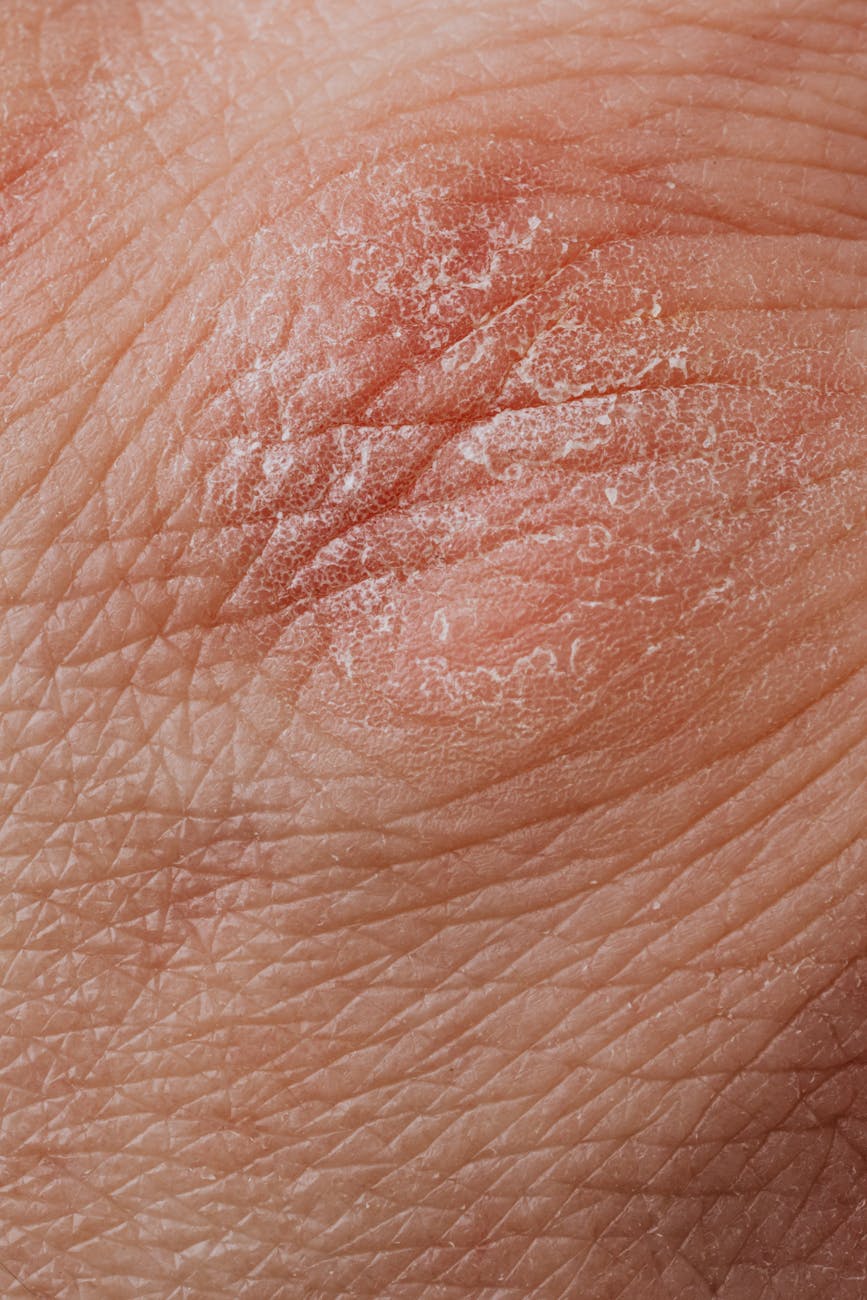
Image from Pexels
Originally posted on: https://tcoglow.com/blog/a-guide-to-recognizing-morgellons-disease/
Morgellons disease is a challenging one, often associated with skin issues, numbness, and tingling. The result is that those who suffer from Morgellons disease spend time dealing with the negative impact on their skin, including lesions, sores, and an intensive need to scratch at their skin. Perhaps you have some of these symptoms or have noticed colorful fibers that appear to be popping out of your skin. If so, then this guide can provide a basic understanding of Morgellons disease and its symptoms. While this is not an exhaustive guide, it can give you a place to understand some of what is involved in Morgellons disease symptoms.
Is Morgellons Disease Like Lyme’s Disease?
There have been studies that have shown a growing connection between the two diseases. Some research has show that Morgellons may be a variant of Lyme disease and Morgellons may develop more frequently in individuals who have contracted the tick-borne disease. Lyme disease can impact a variety of areas of the body, causing not just pain but also other issues associated with hair growth, teeth, and the functioning of organs. Lyme’s disease can also trigger multiple other symptoms while also making the body more susceptible to other diseases like Morgellons, viruses, and syndromes.
What Are Some of the Common Symptoms of Morgellons Disease?
This skin condition is challenging for those in the medical community. In the past, it was considered a psychological disease. Still, others believe that it has biological roots, notably as an infection that causes fibers and other things to grow underneath the skin before erupting through the skin in sores and lesions. Some of the symptoms of Morgellons disease sufferers experience are:
- Crawling Sensations Under the Skin – Crawling underneath the skin is also a common symptom. It might be accompanied by a sensation that feels like there are insects or worms in motion under the dermis. You may also feel biting or stinging sensations. While you might want to scratch, you need to avoid that feeling, as the breakage of the upper layers of skin can end up creating more sores or lesions, leading to infections and scarring.
- Colored, Thread-Like Fibers and Granules Under the Skin – Another common symptom is growths underneath the skin. You might see granule-like materials, threads, or fibers on and beneath the skin. The fibers can appear as black, clear, white, or blue. Less frequently, fibers might appear in the colors red, pink, green, or gold. All fibers might have a slightly metallic look. It is essential to make sure that these fibers are not from medical bandages, household products, clothing or even furniture.
- Fatigue– Those who deal with Morgellons disease also have reported intense fatigue and it is typically chronic and persistent. You might even find that you suffer from visual disturbances, such as blurred vision and floaters. Others have reported problems with their hearing, such as tinnitus or ringing in their ears.
- Muscle and Joint Pain – Feeling of the inflammation of the joints in the hips, knees, elbows, shoulders and more. Including back pain, leg pain and even stiffness in the joints, causing the sufferer to have restless sleep or even deter them from activities.
- Brain Fog – These symptoms can range from mild to severe. Common complaints are the inability to focus, poor memory recall and sometimes confusion.
Steps to Take If You Suspect Morgellons Disease
If you suspect that you may be suffering from Morgellons disease, then it is important to document the changes occurring on your skin that are not easily explainable. For instance, many sufferers of Morgellons disease complain of chronic skin rashes, intense itching, or even sores. If you develop any of these without reason, such as an allergy, insect bite, or even weather then you should contact your medical professional. This would be especially important if at any time any of these rashes or sores become infected.
It is important to document your skin at these times, taking photos of any sores or rashes that you find. When you notice a new lesion, rash, or sore, try to include details regarding when you first noticed it and if there were any changes in your routine. Were you exposed to something new? Could it be that you are developing an allergy to a new food, beverage, personal care product, or even a material used in your favorite clothing.
While not all skin issues can be tied back to any of these or other triggers, many medical professionals will want to exclude these things first before beginning to look at other potential causes. When you talk with your doctor about your symptoms, be aware that your doctor is going to focus on eliminating any other potential causes of these symptoms and will treat you accordingly.
Documenting your symptoms is key to helping your medical team determine what it might be, as well as assist them in the elimination process. If you face these symptoms and believe you might be suffering from Morgellons disease, you must track your symptoms to advocate for appropriate treatment.
Be patient and keep an open mind when working with your doctor. Also establish a relationship with your medical care team. Finally, seek treatment for any other conditions that could be impacting your mood or thinking, stress can be a significant trigger in the cause of an outbreak of Morgellons.
For those suffering with Morgellons disease, controlling the fibers and giving your skin assistance to heal is critical. Our team has created a product TCO Glow’s A/B Topical Rub meant to assist you in dealing with these symptoms and bringing some relief.